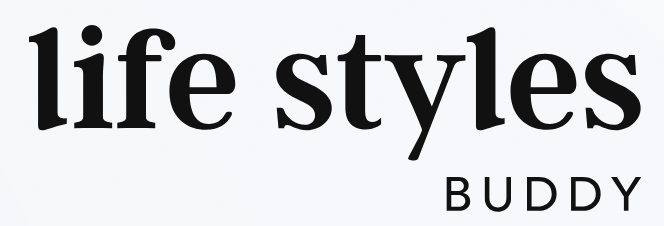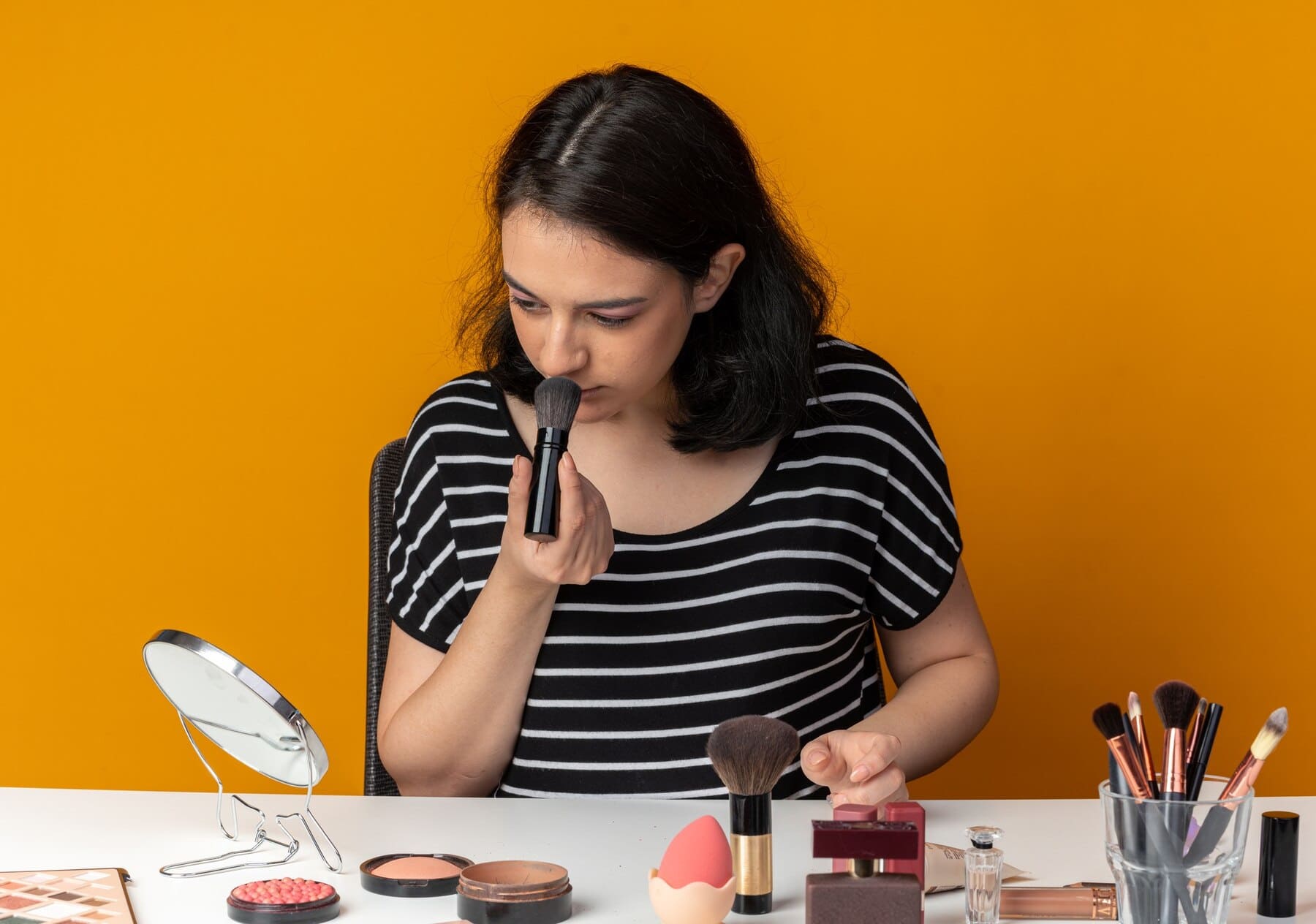**Outline: Makeup Tutorials for Beginners**
*(Target: 2000+ words)*
1. **Introduction: Makeup as a Tool of Self-Expression**
2. **Understanding Your Canvas: Skin Types and Prep Essentials**
* Identifying your skin type
* Importance of skincare before makeup
3. **Building a Beginner’s Makeup Kit: Quality Over Quantity**
* Must-have products
* Tools that make all the difference
4. **Primer 101: The Invisible Foundation of Flawless Makeup**
5. **Mastering Base Makeup: Foundation, Concealer, and Powder**
* Choosing the right shade and formula
* Application techniques for a natural finish
6. **Brow Basics: Framing the Face**
* Finding your natural brow shape
* Tools and techniques for grooming and filling
7. **Eye Makeup Simplified: From Neutral Looks to a Hint of Drama**
* Everyday eyeshadow techniques
* Eyeliner and mascara tricks for beginners
8. **Blush, Bronzer & Highlighter: Sculpting with Subtlety**
* Placement tips based on face shape
* Creating balance and warmth
9. **Lip Color Confidence: Gloss, Matte, and Beyond**
* Picking shades for your undertone
* Techniques for fuller-looking lips
10. **Makeup Setting and Longevity: Keep the Look All Day**
11. **Common Mistakes Beginners Make (and How to Fix Them)**
12. **Evolving Your Routine: Practice, Play, and Personal Style**
13. **Conclusion: Embracing the Journey to Confidence Through Makeup**
—
**Makeup Tutorials for Beginners**
### 1. Introduction: Makeup as a Tool of Self-Expression
Makeup is more than pigment and powder—it’s a form of artistry, a ritual, and a confidence boost wrapped in a compact. Whether you’re getting ready for a big day or just want to enhance your features for the fun of it, makeup empowers. For beginners, stepping into the world of brushes and palettes can feel like entering a foreign land. But the beauty of makeup lies in its flexibility. There are no rules—just techniques to help you start.
Everyone begins somewhere. And with a few foundational skills, anyone can go from overwhelmed to empowered.
—
### 2. Understanding Your Canvas: Skin Types and Prep Essentials
#### Identifying Your Skin Type
Before the first dab of concealer or swipe of highlighter, get to know your skin. Are you dry, oily, combination, or sensitive? Your skin type will determine what products work best for you. Oily skin may benefit from mattifying primers, while dry skin might crave hydrating formulas with a dewy finish.
#### Importance of Skincare Before Makeup
Makeup sits best on healthy, prepped skin. Think of skincare as the prelude to your beauty performance. A gentle cleanser, a nourishing moisturizer, and SPF (always!) create a smooth canvas. Exfoliating once or twice a week also helps makeup glide on effortlessly. Well-prepped skin makes everything else easier.
—
### 3. Building a Beginner’s Makeup Kit: Quality Over Quantity
#### Must-Have Products
Start with the essentials. You don’t need 12 foundations or five contour palettes. Stick to:
* A good foundation or BB cream
* Concealer
* Brow pencil
* Neutral eyeshadow palette
* Eyeliner
* Mascara
* Blush
* Lipstick or gloss
* Setting powder or spray
Choose versatile shades that work for your skin tone and can be mixed and matched for multiple looks.
#### Tools That Make All the Difference
Brushes and sponges matter. A damp beauty sponge blends liquid products seamlessly. A fluffy brush softens eyeshadow. A good angled brush helps sculpt brows. Invest in a few high-quality tools—they’ll last and elevate your application skills significantly.
—
### 4. Primer 101: The Invisible Foundation of Flawless Makeup
Primer may be invisible, but its effects are not. It smooths the skin, blurs pores, and helps your makeup grip better. If you have dry skin, opt for a hydrating primer. If you’re oily, a silicone-based mattifying primer can help control shine. Apply a pea-sized amount after moisturizing, and wait a minute before moving to foundation.
It’s like double-sided tape for your face—holding everything together without being seen.
—
### 5. Mastering Base Makeup: Foundation, Concealer, and Powder
#### Choosing the Right Shade and Formula
Foundation is the anchor of your entire look. Test shades on your jawline in natural light—not your wrist. The right formula depends on your desired finish: matte for oily skin, luminous for dry, or satin for somewhere in between.
#### Application Techniques for a Natural Finish
Less is more. Dot foundation around the face—forehead, cheeks, chin—and blend outward with a sponge or brush. Use concealer sparingly under the eyes and on blemishes. Set everything lightly with translucent powder, focusing on the T-zone to avoid caking.
Blend until your makeup looks like skin, not a mask.
—
### 6. Brow Basics: Framing the Face
#### Finding Your Natural Brow Shape
Your brows are the frame to your facial portrait. Instead of reshaping completely, enhance what’s already there. Use the “golden ratio” as a guide: your brow should start at the bridge of your nose, arch above your iris, and end at the outer corner of your eye.
#### Tools and Techniques for Grooming and Filling
Use a spoolie brush to comb brows upward. A brow pencil fills sparse areas with hair-like strokes. A tinted brow gel keeps everything in place and adds dimension. Avoid harsh lines—natural, soft edges are your friend.
Defined brows lift the face and open the eyes, instantly elevating your look.
—
### 7. Eye Makeup Simplified: From Neutral Looks to a Hint of Drama
#### Everyday Eyeshadow Techniques
Start simple: choose three shades—light, medium, and dark. The lightest goes on the lid, the medium in the crease, and the darkest at the outer corner for definition. Blend well with a fluffy brush.
Neutrals like taupe, bronze, and peach suit almost every skin tone and can be built up for more drama.
#### Eyeliner and Mascara Tricks for Beginners
Pencil eyeliner is easiest for starters. Start with brown or charcoal for a softer look. Tightline the upper lash line to make lashes look thicker without an obvious line. Mascara is your eye-opener—start at the base of your lashes and wiggle the wand upward.
Don’t be afraid to curl your lashes—it’s a game-changer.
—
### 8. Blush, Bronzer & Highlighter: Sculpting with Subtlety
#### Placement Tips Based on Face Shape
Blush brings life. Smile, and apply to the apples of your cheeks, sweeping back toward the temples. Bronzer adds warmth and slight contour—apply where the sun naturally hits: forehead, cheekbones, and jawline.
Highlighter goes on the high points of the face—tops of cheekbones, bridge of the nose, cupid’s bow.
#### Creating Balance and Warmth
Blend all three elements so there are no harsh lines. Think sun-kissed, not streaky. Cream products melt into the skin for a dewier look; powders offer more control for oily types. Use a light hand and build slowly.
Subtlety is the secret to dimension.
—
### 9. Lip Color Confidence: Gloss, Matte, and Beyond
#### Picking Shades for Your Undertone
Warm undertones glow in peachy, coral, or brick tones. Cool undertones pop in pinks, berries, and blue-based reds. Neutral undertones can wear almost anything.
When in doubt, a rose-toned nude or classic red suits nearly everyone.
#### Techniques for Fuller-Looking Lips
Exfoliate and moisturize first. Line lips just outside their natural shape with a matching pencil for a fuller effect. Fill in with lipstick or gloss. For extra dimension, dab a bit of highlighter on the cupid’s bow and a touch of gloss in the center of the lower lip.
Confidence is the real secret weapon.
—
### 10. Makeup Setting and Longevity: Keep the Look All Day
After all that effort, don’t let your look slide by lunchtime. A light dusting of translucent powder controls shine. A setting spray locks everything in and melds layers into a skin-like finish.
Spritz in an X and T pattern, and let it dry naturally. Now you’re sealed and ready.
—
### 11. Common Mistakes Beginners Make (and How to Fix Them)
* **Wearing the wrong foundation shade**: Always test in daylight.
* **Overdrawing brows**: Follow your natural shape.
* **Heavy-handed contouring**: Blend until invisible.
* **Skipping skin prep**: Always moisturize.
* **Not cleaning brushes**: Wash weekly to avoid breakouts and muddy colors.
Mistakes are part of the process—learn, laugh, and keep going.
—
### 12. Evolving Your Routine: Practice, Play, and Personal Style
The more you play, the better you get. Try bold looks, soft glam, or bare-faced beauty. Watch tutorials, follow artists who inspire you, and don’t be afraid to break the so-called rules.
Makeup isn’t just about looking good. It’s about having fun, experimenting, and embracing your individuality.
Over time, your makeup style will evolve—as it should.
—
### 13. Conclusion: Embracing the Journey to Confidence Through Makeup
The beauty of makeup lies not in perfection but in practice. It’s the small victories—the winged eyeliner that finally lands, the first compliment on your glowing skin—that build your confidence. You don’t need to know every technique. You


